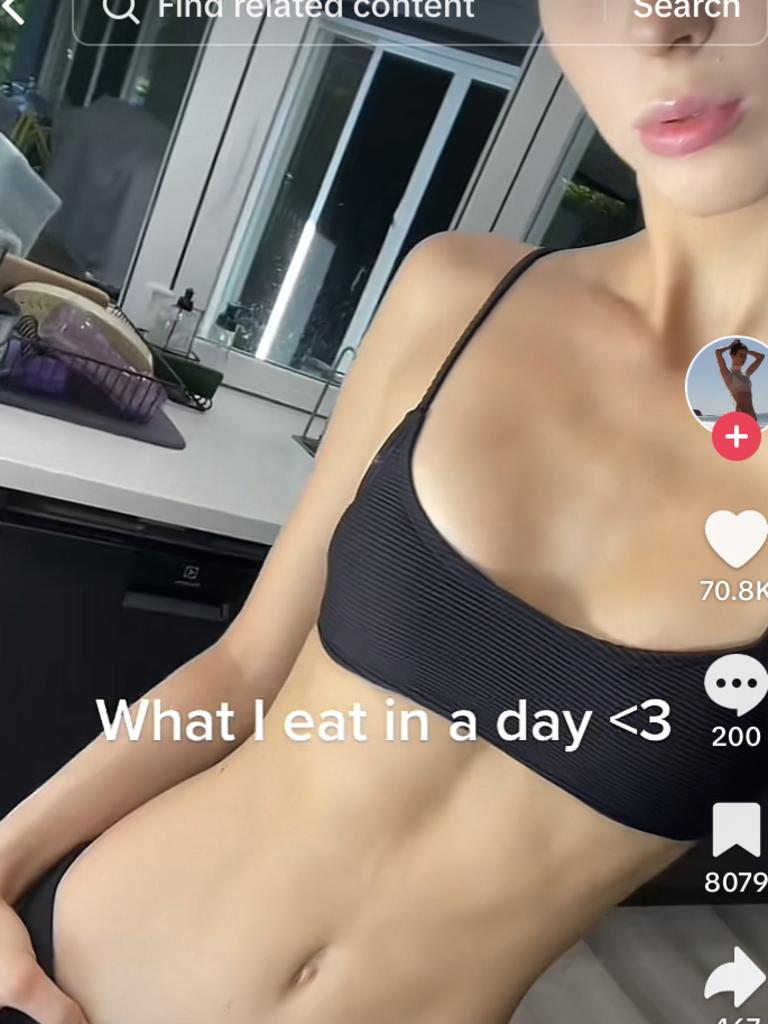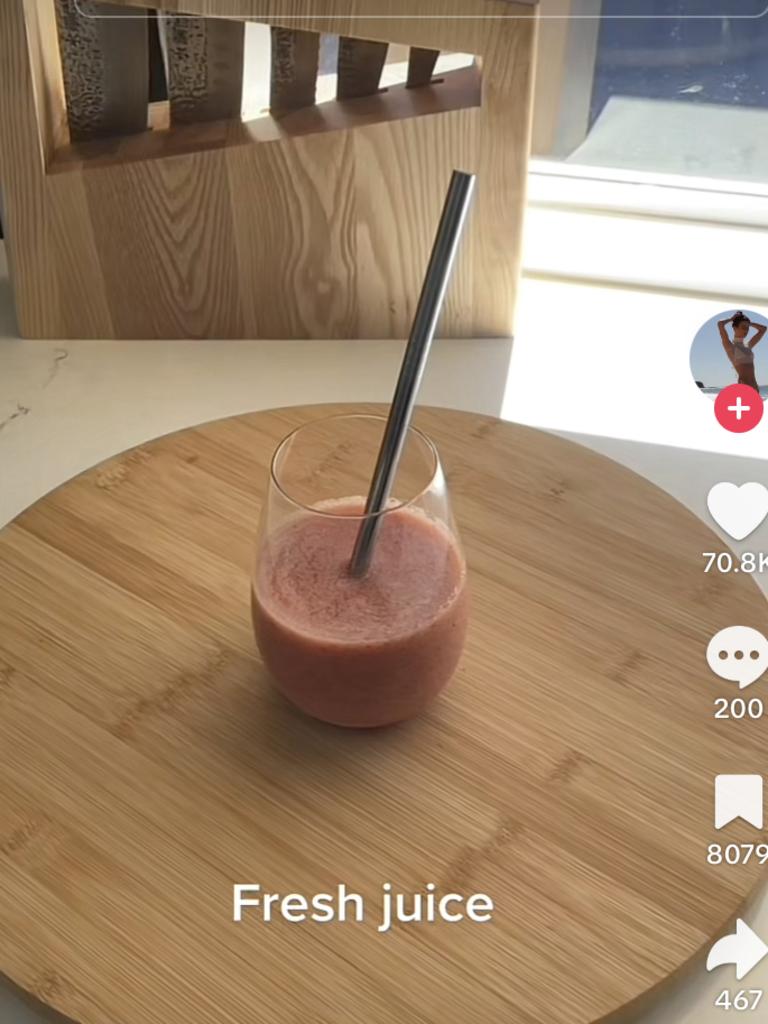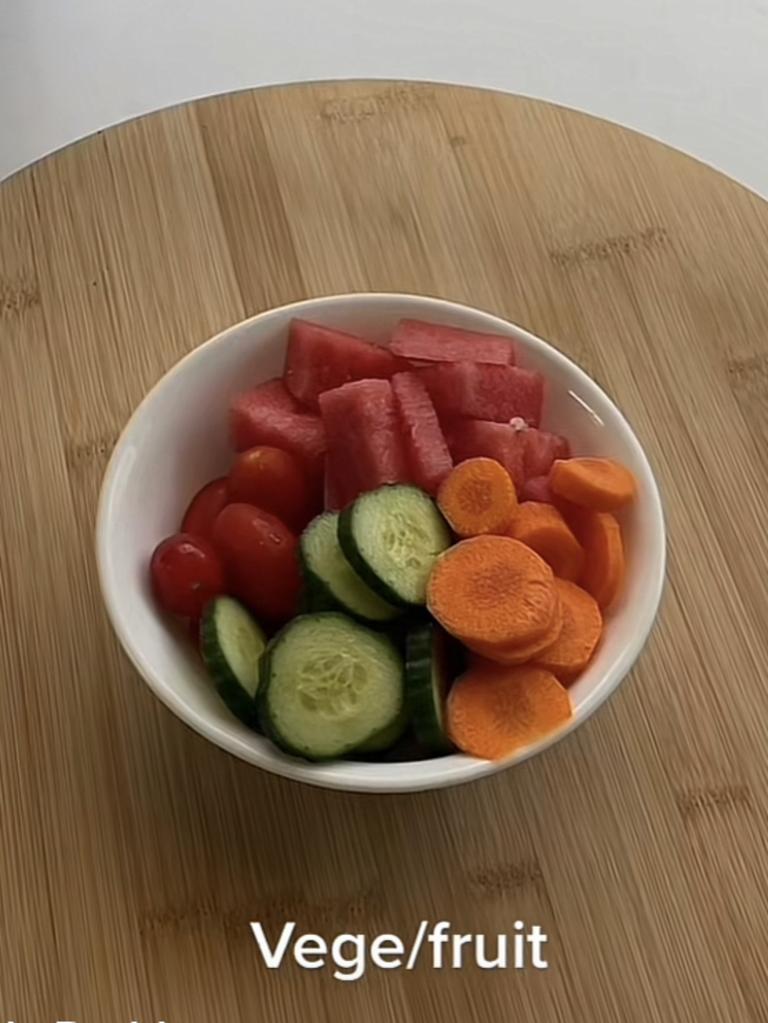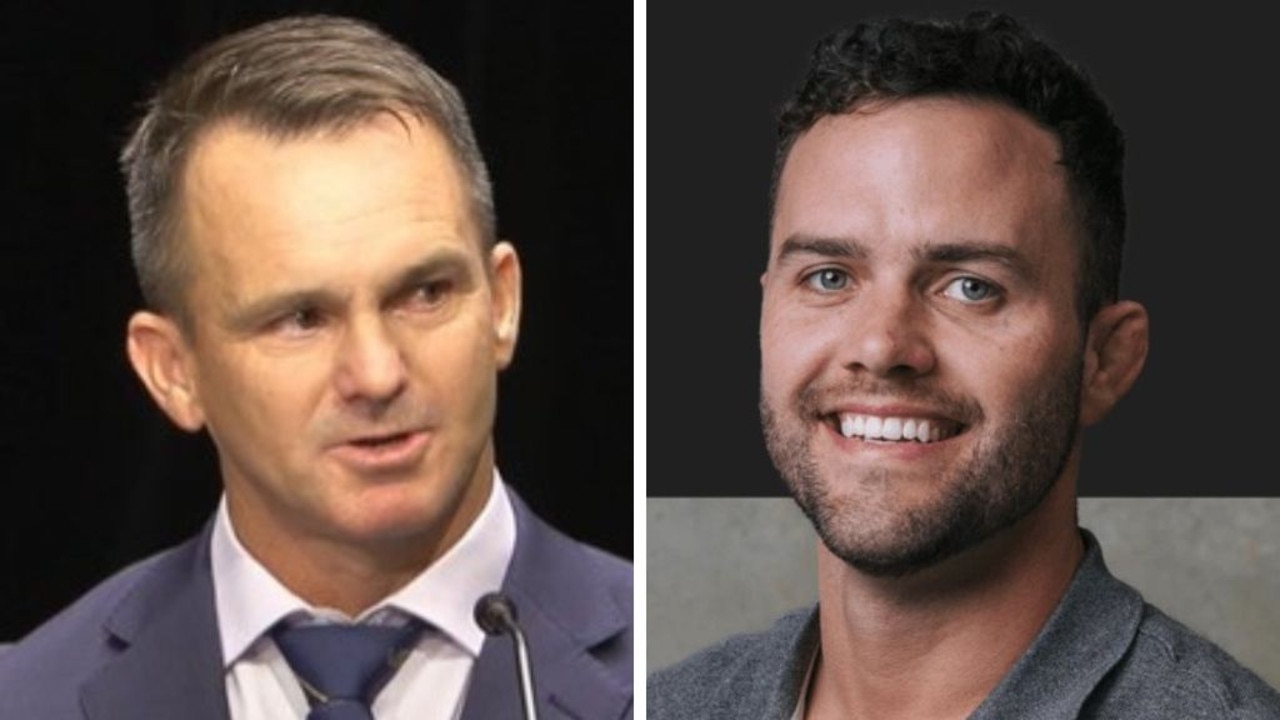Queensland health data: ‘Eating disorder pacts’ at Australian schools
A Queensland teacher has sounded the alarm over a disturbing rise in “eating disorder pacts” among Aussie schoolchildren, fuelled by social media trends.

A Queensland teacher has sounded the alarm over a disturbing rise in “eating disorder pacts” among Aussie schoolchildren, fuelled in part by viral social media trends.
An investigation into the topic by the Courier Mail revealed an astoundingly high rate of eating disorders among Queensland children and young people.
Data from Queensland Health showed people aged between 0-19 were admitted with health complications related to an eating disorder 1304 times between January and July this year.
That’s a rate of six young people every day.
If the numbers continue along that trend, the age group is on track to surpass last year’s total of 2212 eating disorder-related admissions.
Further, per the Courier Mail, more than 1000 Queenslanders have presented to emergency departments with signs of an eating disorder so far in 2023, half of whom were aged between 10 and 19.
Alarmingly, sixteen of those presentations were for patients below the age of 10.


Rise in ‘eating disorder pacts’ at Queensland schools
One Queensland teacher said she had seen a rise in “diet clubs” at schools, in which kids encourage one another to take up or continue disordered eating behaviours.
“We’ve never seen anything like it,” she told the publication of the high rates of eating disorders among kids.
“I know of kids who were being admitted for eating disorders at six years of age, requiring tube feeding at hospital because they didn’t want to get fat.
“We have girls pass out because they refuse to take their jumpers off because they don’t like how their body looks in it and would rather feel unwell to the point of passing out at school.
“Teachers know this is happening but they have no training in eating disorders. We know abuse, self harm, signs of neglect but not how to help kids develop a positive body image. It’s not seen as a priority.”


The teacher called for a major overhaul to the education curriculum, saying several subjects may exacerbate kids’ negative beliefs about food and their bodies.
“There are prep worksheets where kids are colouring good foods green and bad foods red,” the teacher said.
“They’re being told ‘chocolate is bad it will make you fat’. It’s brainwashing.
“There’s also lunch box policy in primary school’s that don’t allow junk food and kids who bring it are told they’re naughty.
“Then we wonder how these kids get eating disorders.”
Education Minister Grace Grace acknowledged the “real issue” of negative food relationships and said the curriculum had recently been updated to “clearly identify” body image and self esteem issues.
“Through the Australian Curriculum, Queensland state schools have a key focus on this issue, with wellbeing programs featuring lessons on healthy eating, food and nutrition and physical activity,” she said.


Are social media trends fuelling eating disorders?
It’s well documented that increased social media use has resulted in considerably higher levels of body image issues among today’s young people.
We’re talking about the first generation that can tap a screen and instantly see a new, altered version of their face and body — it’s no surprise they’re struggling.
But several experts and people recovering from eating disorders have shed light on certain online trends, like “what I eat in a day” and “girl dinner” they believe are particularly harmful.
The formula for “what I eat in a day”, in which creators share their meals from dawn to dusk, is simple. A woman begins with a close-up shot of her (usually) very thin body in pyjamas, a bikini or gym gear. She then shows a series of small, lean meals such as chia pudding, chicken salad and a bowl of blueberries.
Though alternative versions of the trend have surfaced, including more realistic videos and even parodies, the archetype and message remains the same: “eat this, to look like me”.


Clinical nutritionist Lexi Crouch, who battled her own eating disorder from the age of seven, said she thought trends like “what I eat in a day” and “girl dinner” were damaging.
Ms Crouch called for diet culture to be addressed at schools, saying children were currently looking to influencers for information and taking their word as “gospel”.
“Disordered eating can start at such a young age and as a parent it is something I am conscious about from my own first hand experience at a young age,” she told the Courier Mail.
“There is a growing need for teachers to be properly educated and to include positive body image in the curriculum.
“This is something I wish I personally experienced at a young age instead of being drawn into diet culture myself before making a full recovery from an eating disorder.”





